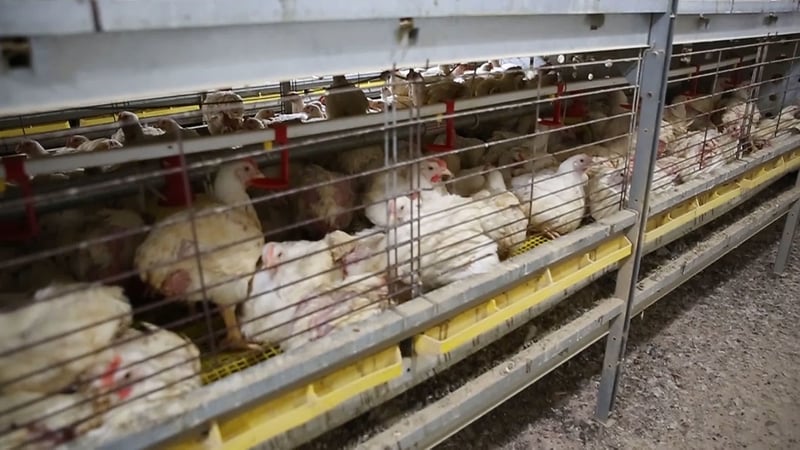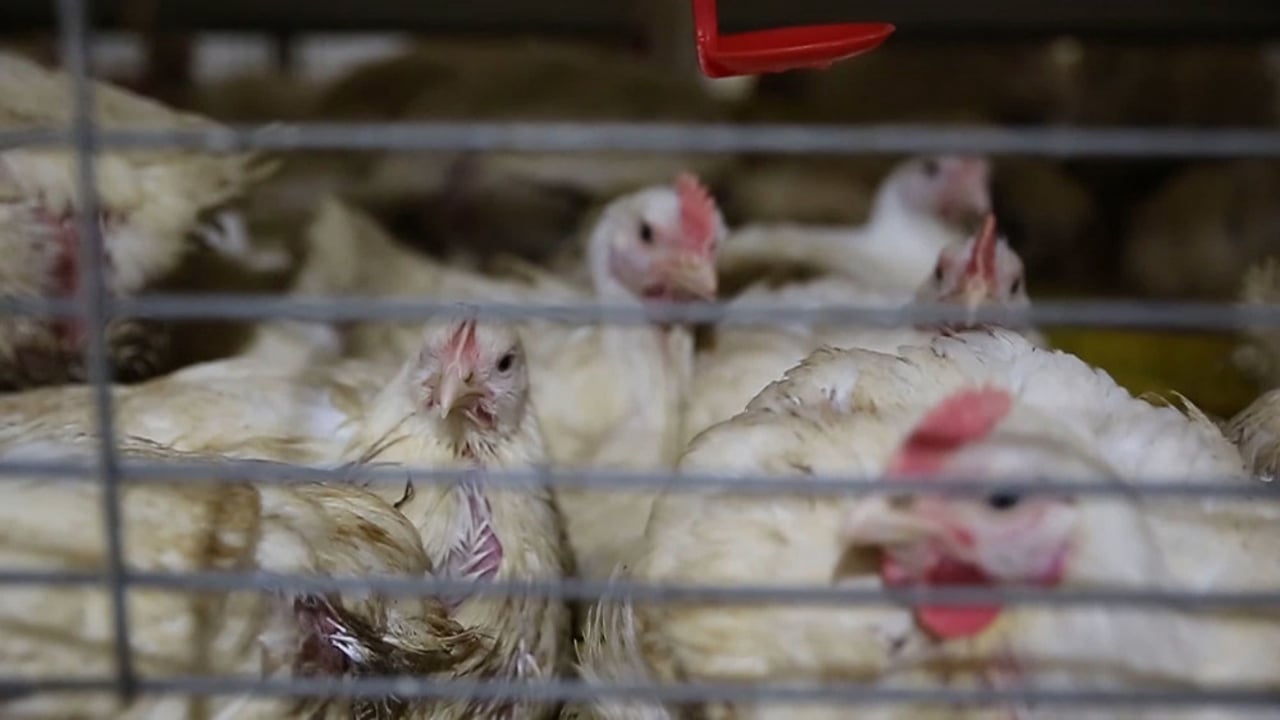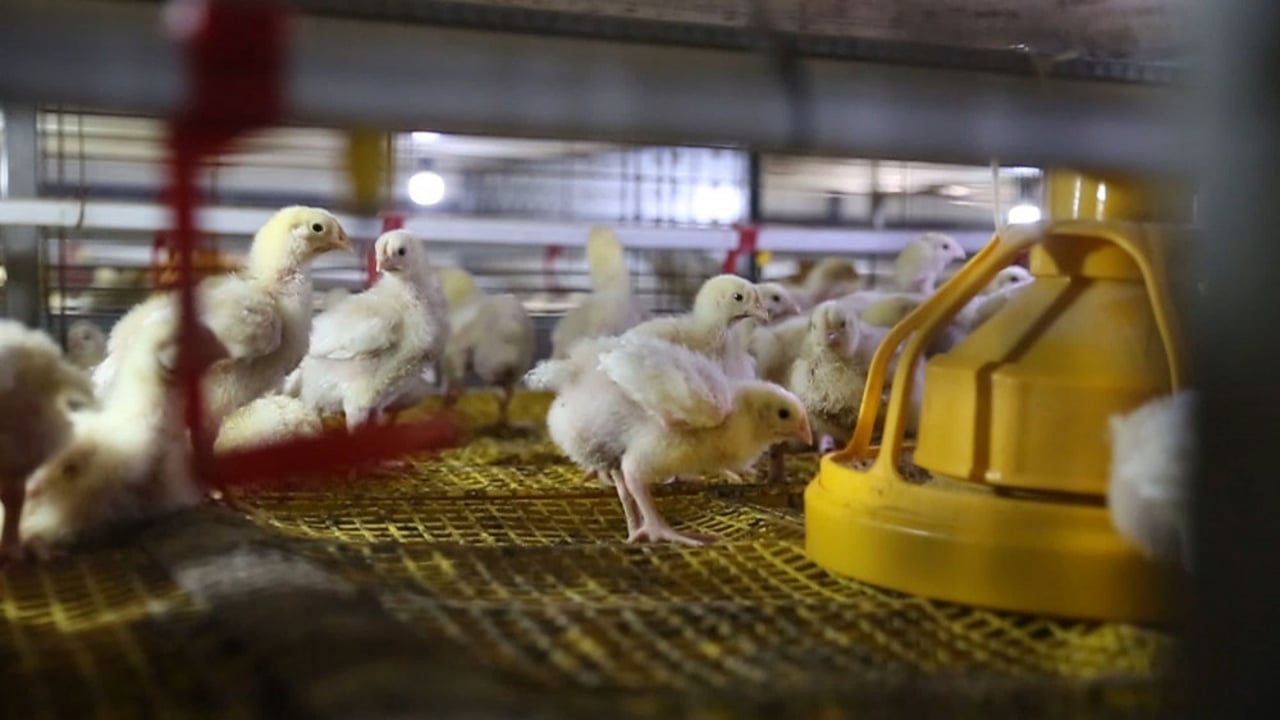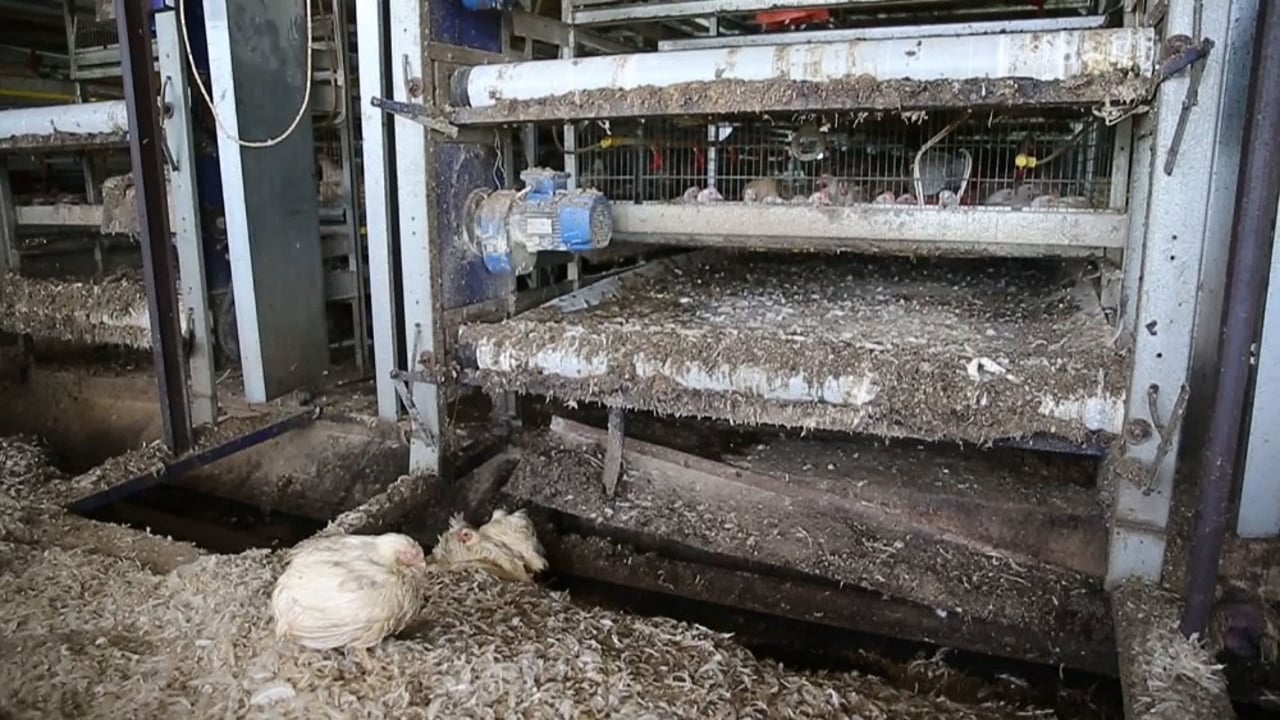
India Should Lead the Way in Cage – free Poultry Farming
News
New Delhi, December 18, 2018: World Animal Protection urges the government to implement “The Prevention of Cruelty to Animals (Egg Laying Hens) Rules, 2017 and The Prevention of Cruelty to Animals (Broiler Chicken) Rules, 2017 drafted by the Law Commission.
Many companies across the world are moving towards cage-free chicken farms and India should not be left behind. Chickens are universally scientifically accepted as a sentient being, able to experience and feel pain, pleasure, comfort, stress, thirst, hunger and fear similar to a ‘pet’ cat or dog.
Domestic chickens are said to have the same cognitive abilities equal to a seven-year-old child in terms of some aspects of memory[i]. The modern egg and meat chicken is derived from the Asian jungle fowl. Yet despite many thousands of years of domestication and selective breeding, these birds retain behavioural needs of their ancestors, such as foraging, perching, dustbathing and where relevant, nesting[ii]. Cage production fails to meet these basic needs, which also have production implications. Egg layer cages (often called battery cages) don’t even provide a nesting box and have been banned in many countries, while meat chicken cages are prohibited in most major poultry markets. The issue of poultry cages is coming home to roost in Asia, with the proposed ban on cages in India.
Layer hen cages have been well established to be detrimental to hen welfare[i] restricting movement and prohibiting all necessary behaviours including nesting (preparing a nest, an important pre-emptive egg-laying behaviour which serves to trigger hormones for egg laying). The scientific evidence is clear that the estimated 200 million layer hens in India would be better served by cage-free systems.
“Birds in cages cannot adequately exercise, forage, perch, dustbathe, escape or avoid aversive interactions. They are also more fearful than birds in large group housing systems. The impacts of behavioural restriction also have a welfare and production impact, also relating to foodborne diseases such as Salmonella and other public health concerns,” said Gajender K Sharma, India Country Director at World Animal Protection.
Recently Indian Poultry Equipment Manufacturers’ Association and Telangana Poultry Breeders Association raised objections on the possible ban on cages citing economic loss to the industry. There is a plethora of scientific evidence noting physical and health implications including widespread impact from diseases associated with cage production of laying hens (such as fatty liver, bone softening, lameness, foot and claw infections, related cage trauma and injurious pecking) all of which cost the industry.
Caged birds also have lower immunity due to high stress, which may confer higher risk of infectious diseases and the use of antibiotics, a major issue in the Indian poultry sector. Lower rates of Salmonella may be achieved in floor systems with well-managed litter, which also convey a range of other benefits[i]. There is also no substance to the claims of higher meat quality. In fact, more bruises and bone breaks have been found at slaughter from caged meat chickens [ii], most attributed to the weaker bones as a result of confinement. Bone fragments in carcasses are an additional cost factor to the industry while breast blisters are significantly increased in wire cage systems[iii]. These losses are essentially realised at the slaughterhouse, during processing, when it’s too late as adequate inspection of tens of thousands of birds in a sea of cages is near impossible. This does not compare to being able to walk through a shed and assess bird health, mobility, an external condition, and behaviour. Cages just cannot cut it in any way.
World Animal Protection advocates for higher welfare egg and chicken production; indoor (or barn) cage free systems for poultry have been shown in many markets to be commercially viable. As India is mostly self-sufficient for egg and chicken production, the Government has a leading opportunity to create a humane and level playing field for the chicken industries and legislate for cage free egg and chicken production. In addition, if India ever had chicken export aspirations to the EU, it would indeed need to remove cages and improve welfare. Meanwhile, international retailers must also walk the walk in India and uphold global supply chain commitments while policy makers must ensure that equipment that is prohibited in the US or Europe is not just farmed off to emerging markets, which only encourages local copy cats.
Consumers should look for cage-free or go egg and meat-free, to speak with their wallets. The global trend on poultry cages is clear – neither consumers nor retailers ultimately want cages in their supply chain. Indians are no different, representing a growing ethical consumer market, and a constitution that recognises animals as sentient beings. A clear direction to ban poultry cages would ultimately assist in compliance with the existing Prevention of Cruelty to Animals Act, 1960. Section 11 (1) (e), Egg-Laying Hens Rules, 2012, and Animal Welfare Board of India advisory. Meanwhile, industry leadership is also needed and retailers of all types would do well to heed the writing on the wall.
“Birds in cages cannot adequately exercise, forage, perch, dustbathe, escape or avoid aversive interactions. They are also more fearful than birds in large group housing systems. The impacts of behavioural restriction also have a welfare and production impact, also relating to foodborne diseases such as Salmonella and other public health concerns, said Gajender K Sharma, India Country Director at World Animal Protection.


